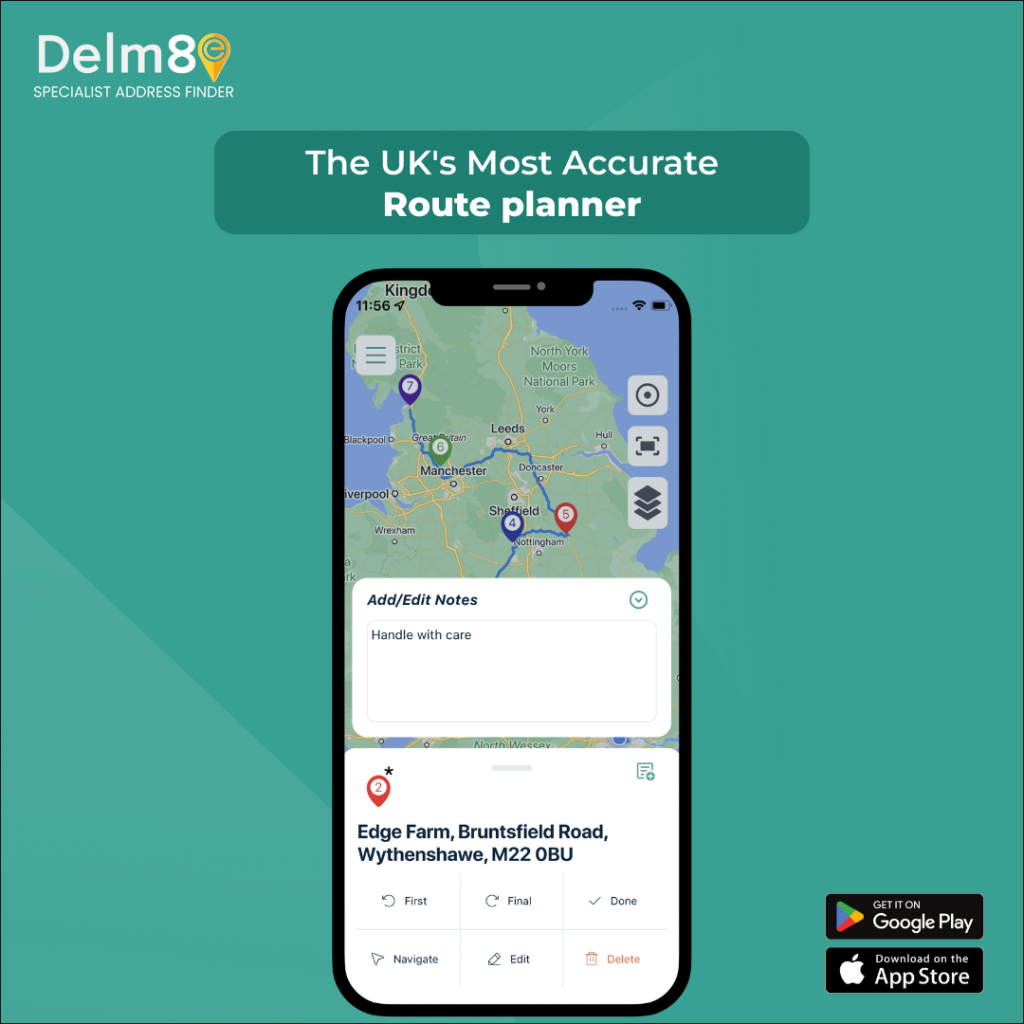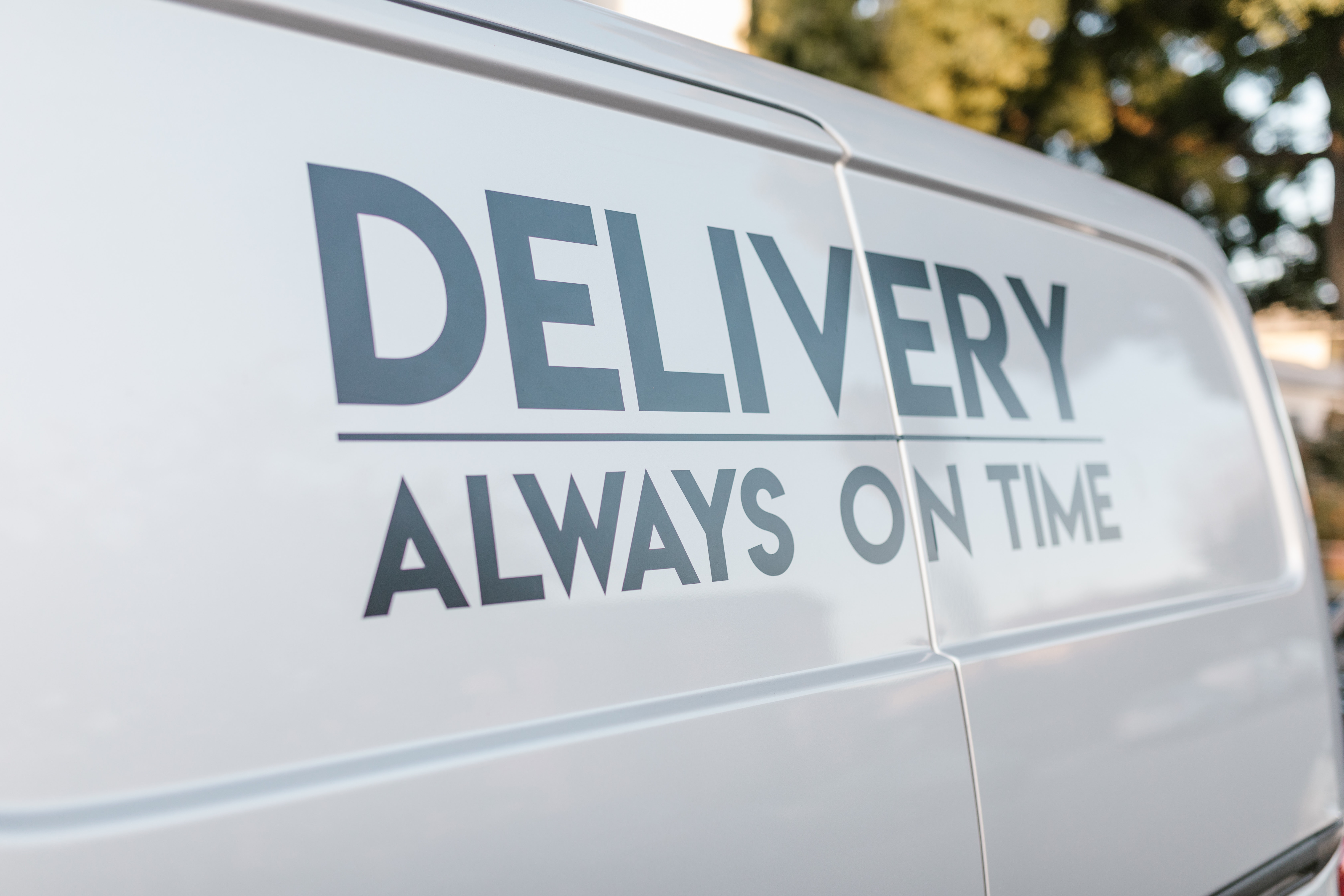In the fast-paced world of courier services, efficient delivery route planning is paramount. The ability to optimise routes saves time, reduces costs for the courier company and enhances customer satisfaction by ensuring timely and reliable deliveries. In this blog post, we will delve into the importance of delivery route planning and explore effective strategies couriers can implement to streamline their operations.

Why Delivery Route Planning Matters
Delivery route planning involves determining the most optimal paths for delivering packages to different locations throughout the day. It may seem like a simple task, but it can quickly become a logistical nightmare without proper planning. Here are a few key reasons why delivery route planning is crucial for courier companies:
Time and Cost Efficiency: By optimising delivery routes, couriers can minimise travel distances and reduce fuel consumption. This saves costs for the company and allows deliveries to be completed in a shorter timeframe, increasing the number of deliveries per day.
Enhanced Customer Experience: Timely and reliable deliveries are essential for customer satisfaction. When couriers plan their routes meticulously, they can ensure that deliveries are made within the promised timeframes, leading to happier customers and improved brand reputation.
Improved Resource Allocation: Efficient delivery route planning enables courier companies to allocate their resources effectively. By understanding which routes are the most time-consuming or have high traffic congestion, companies can adjust their workforce and vehicles accordingly to optimise productivity.
Now that we understand the significance of delivery route planning let’s explore some effective strategies that couriers can employ:
- Utilise Route Optimisation Apps:
One of the most efficient ways to plan delivery routes is by leveraging route optimisation software such as Delm8’s route planning app. These tools use advanced algorithms to calculate the most efficient routes based on multiple factors such as distance, traffic, and delivery priority. By inputting the addresses and parameters into the software, couriers can quickly generate optimised routes for multiple stops, reducing planning time and improving efficiency.

- Consider Real-Time Data:
Factors such as traffic congestion, road closures, or exceptional circumstances can disrupt even the most meticulously planned routes. To mitigate these challenges, couriers should incorporate real-time data into route planning and utilise GPS tracking systems and traffic monitoring tools to stay updated on the current road conditions. By employing agile route planning that considers real-time data, couriers can make necessary adjustments and ensure prompt deliveries.
- Prioritise Delivery Time Windows:
Many businesses and customers have specific time windows within which they expect their deliveries. By taking these time windows into account during route planning, couriers can prioritise deliveries accordingly.
Delm8 Route Planner allows couriers to set these time windows, optimising routes around priority deliveries. This ensures packages arrive on time, enhancing customer satisfaction and loyalty.
- Group Deliveries by Proximity:
Grouping deliveries by proximity is an effective strategy to reduce travel distances and optimise routes. When planning routes, couriers should aim to cluster deliveries in the same geographical area to minimise wasted time and fuel. Grouping deliveries strategically can significantly increase the number of stops made within a given time frame.
- Implement Feedback Mechanisms:
Continuous improvement is key to successful route planning. Couriers should establish feedback mechanisms to gather insights from both drivers and customers. Drivers can provide valuable input on potential route optimisations based on their practical experiences. By collecting and analysing this data, couriers can refine their route planning strategies and provide an even better service in the future.
Conclusion
Delivery route planning is a critical aspect of courier operations, with far-reaching benefits for both the company and its customers. By leveraging route optimisation software, considering real-time data, prioritising delivery time windows, grouping deliveries by proximity, and implementing feedback mechanisms, couriers and courier companies can streamline their routes, reduce costs, enhance customer satisfaction, and ultimately gain a competitive edge in the market.
In today’s fast-paced world, where seamless deliveries are of utmost importance, the implementation of efficient delivery route planning is an investment that every courier company should prioritise. With the right strategies and tools in place, couriers can navigate the challenges of delivery logistics with ease, ensuring timely and reliable services that leave a positive impression on customers.
Remember, in the world of courier services, efficient route planning is the key to success. So, let’s optimise those routes, delight customers, and deliver smiles, one package at a time!



